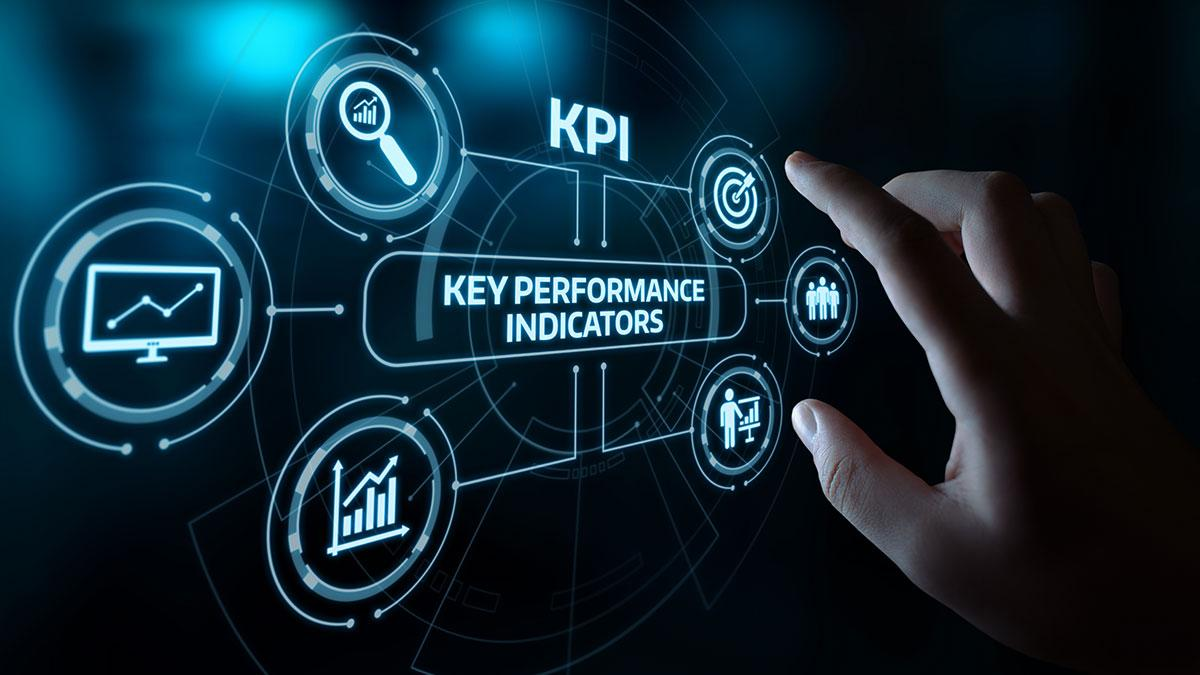
OKR vs KPI: Why are both important?
OKR vs KPI: Why are both important?
Measuring and improving overall performance are the key priorities for every business. To monitor the same, they employ various performance management software.
OKRs and KPIs are the two core components in the corporate world to set an organization’s goals and track progress. However, some organizations believe that these two are very similar and can be replaced with each other.
Fortunately, with a closer look at it, businesses can distinguish between the two and relate to their importance in achieving objectives efficiently.
OKRs vs KPIs- What is the difference between the two?
Objectives and Key Results (OKRs) are measures that define corporate and team objectives. They are also a measure of the key results that characterize each objective’s success. They may be established at the individual, team, or organizational levels.
OKRs are mostly used to set goals for the quarter but they can also be used for annual planning.
Key Performance Indicators (KPI) on the other hand are performance measurements that evaluate the success of the overall business or a specific activity. KPIs can be used for projects, programs, products, and a wide variety of other operations. They may help track anything from sales targets to social media indicators.
Every organization is different, having distinct goals to accomplish. Therefore, KPIs must be set accordingly to witness growth and development. The integration of KPIs also depends on how the company intends to achieve objectives and who will be able to act on this data.
Moreover, KPIs are now being utilized to analyze and forecast success for various enterprises.
OKR vs KPI examples
OKRs, which are focused on identifying areas for improvement, setting goals against each, and articulating expected outcomes, can be team-specific or company-wide. For example, the goal can be to boost the company’s bottom line. As a result, the major results would be a 50% increase in income and a 20% drop in cost or expenditure. The initiatives to achieve these goals would be an emphasis on marketing and outreach, and the development of a strong sales funnel.
KPIs are specific to each team or department inside the organization. For example, the Human Resources department’s KPI might include the voluntary turnover rate, engagement quotient, and recruiting time. On the other hand, customer lifetime value, sales call conversion rate, and revenue would be the KPIs for the sales department.
How do OKRs and KPIs work together?
Concentrating just on one of these two performance management and enhancement methodologies will almost never result in unmatched development and success. As a result, firms must take a holistic approach and capitalize on the complementary nature of OKRs and KPIs. There are various ways in which these two performance measurements might complement one another to help a business succeed.
The comparison of OKR vs KPI may be transformed into a meaningful relationship in two ways:
If a company is unable to meet its KPI targets, it can establish OKRs to focus on specific areas of development.
A company that wants to achieve an ambitious goal can use OKRs to direct the way and unlock its potential.
Therefore, we can say OKRs and KPIs complement each other. The effective use of both these performance measurement metrics can be a valuable tool for goal management in organizations.
Final Verdict
An activity-driven organization differs from a results-driven workplace. The former views activities as a means to an end. They see them as output goals that will assist them in achieving specific desired outcomes. These output objectives are also present in results-driven companies, but they interact with an additional layer of outcome goals – KPIs and OKRs. This helps them to specify what these intended outcomes are and to evaluate whether these desired outcomes are actually being accomplished. Therefore, having an OKR vs KPI approach can help organizations maintain their company’s health and also encourage growth and progress. entomo helps enterprises govern their performance data in new ways by integrating all of their OKRs and KPIs into a single solution.
entomo is a people experience platform built for the digital world of work. Powering 30mn+ users across organizations world-wide, entomo unleashes digital experiences that transform engagement, performance and talent development using hyper personalized insights and nudges. entomo’s clients include Global fortune 500 and large enterprises and Governments across Asia and MEA. entomo is also voted as a leader in G2 software marketplace across multiple categories.
To know more, visit
https://entomo.co/request-demo/